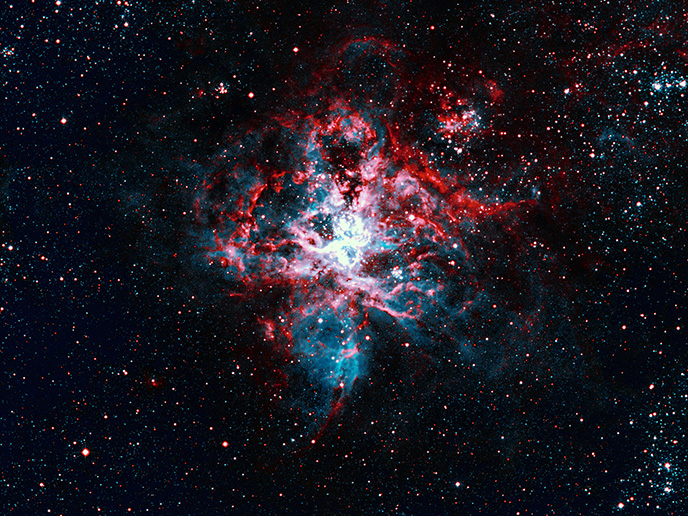Is stellar initial mass function universal?
The so-called stellar initial mass function (IMF) is crucial to almost all branches of astrophysics, from planetary science to the evolution of stellar clusters and the chemical enrichment of the interstellar medium. One of the first attempts to determine the shape of IMF was made in the 1950s. The IMF of nearby galactic field stars was found to be well described by a power law. In the EU-funded project FEEDGAL (Feedback regulated star formation in diverse galactic environments), astronomers focused on star-forming regions and young star clusters in the Milky Way galaxy. They combined numerical simulations with statistical methods, and the results were compared with state-of-the-art observational data. The FEEDGAL team utilised the magnetohydrodynamical code for adaptive mesh refinement of self-gravitating magnetised fluid flows (RAMSES) to perform 3D simulations of turbulent, magnetised and self-gravitation molecular clouds. They also upgraded the code to capture the mass of high-density regions that collapse gravitationally and represent new-born stars. This numerical approach to study turbulence in the clouds was complemented by the development of a Bayesian statistical method to derive basic parameters of the IMF for young stellar clusters. Importantly, astronomers showed for the first time that the fraction of O-type stars can only be reproduced when the parameters of IMF have broad distributions. One of the major findings was that the IMF of young stellar populations cannot be described by a single distribution function. On the contrary, each parameter of the IMF for a specific stellar mass range is characterised by a broad Gaussian distribution. This indication of non-universal IMFs in our galaxy certainly warrants further study. IMF influences most of the observable properties of stellar populations and galaxies. Variations in the IMF very likely reflect equally broad distributions of the initial conditions under which these clusters were formed. Before FEEDGAL, studies of local young clusters and old globular clusters had suggested that the vast majority were drawn from a ‘universal’ IMF.







